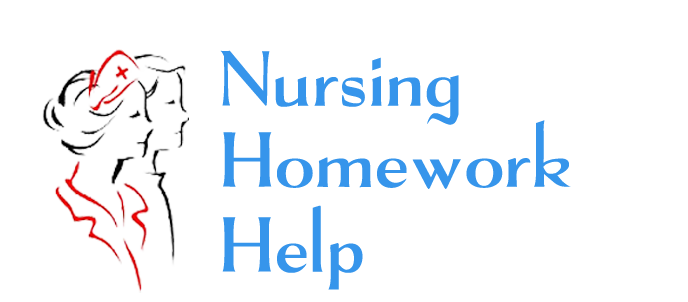. Community place, boundaries, local or folk name of community, size in square miles/areas/blocks/census tracts, transportation, physical environment.
b. People number and density of population, demographics, informal groups, formal groups, linking structures (meetings, networking opportunities)
c. Function i?? Production/distribution if it is a commercialized area; socialization of new members, maintenance of social control (police? neighborhood watch? guardian angels?); adaptation to ongoing or unexpected change.i??
2. Community health (10%)
a. Health Status
b. Vital statistics
c. Disease incidence and prevalence for leading causes of mortality and morbidity
d. Health Risk profiles
3. Health Structures in Community (10%)
a. Health facilities (hospitals, agencies, etc.)
b. Health related planning groups
c. Health care personnel
4. Process of coping with community health issues (10%)
a. How is health care paid utilized?
b. Do people have insurance?
c. Is the emergency room used for routine care?
d. Do people have a commitment to health care?
e. How are health needs communicated?
f. Do people participate in health care if given the opportunity?
5. Community Diagnosis (15%)
a. State three community diagnoses (problems/concerns) found as a result of assessment.
b. Select one problem requiring an intervention and back this problem with data found in assessment. Doni??t forget to include why you are doing this intervention i?? include input of community agency and community members.
6. Planning and Implementation (15%)
1. Plan how you will implement your chosen nursing intervention. Make sure it is age appropriate, culturally sensitive, achievable, organized, logically structured, and creative
2. Identify ways in which the community can participate
3. Name governmental and other agencies that are/may be able to participate in the intervention. Once you have identified the agencies, explain the type of services they render and how they may be able to help meet your communityi??s stated needs.
4. Anticipate challenges that may occur in implementing intervention and discuss how you will meet these obstacles.
7. Evaluation of Project (Include Process) (5%)
8. Suggestions for Future Community Interventions (5%)
9. Conclusion (5%)
10. APA (10%)
Please use arcwestchester.org for all your info needed for this paper.
The community is Katonah House. We interact with 6-8 male consumers with DD with comorbilities on a weekly basis interacting as well as doing activities such as painting, cookie making, making wallets, flower pots and picture frames and playing bingo. The intervention should be backed up by research articles. Interventions should include using fine motor and memory i.e. puzzles, necklaces.
PLEASE REACH OUT TO ME IF YOU NEED ANY SPECIFIC DETAIL TO MAKE THE PAPER AS PERSONALIZED AS POSSIBLE.
Ommunity Health nursing teaching and assessment
The writer must know Long Island, NY and very familiar with community nursing, geriatrics, and tele-health devices. Below is the specific components of the assignment paper:
The community I have chosen is Long Island NY veterans utilizing home care through Veteran Affairs. This population is mostly geriatrics with chronic health problems and confined to the home either due to health problems or lack of transportation. The paper will be a teaching plan to improve their health conditions via home care skilled nursing and tele-health monitoring devices.
The textbook we are using and making references to is:
Clark, M. J. (2008). Community health nursing: Advocacy for population health (5th ed.)
PLACE THIS ORDER OR A SIMILAR ORDER WITH NURSING HOMEWORK HELP TODAY AND GET AN AMAZING DISCOUNT


